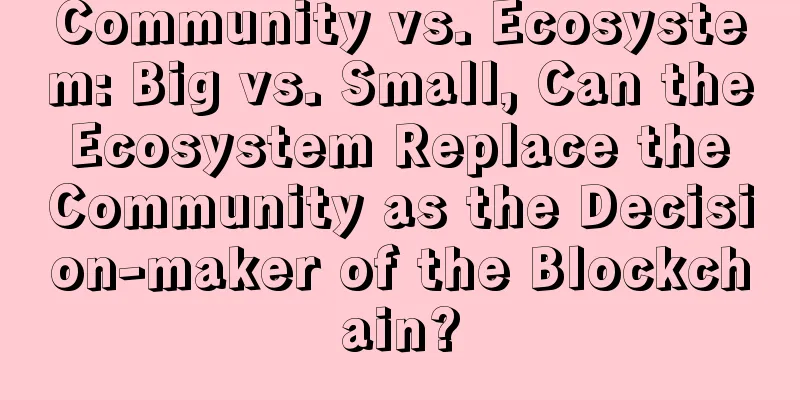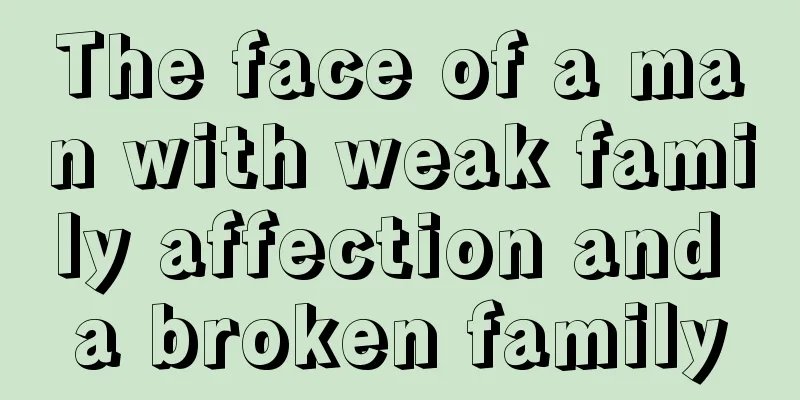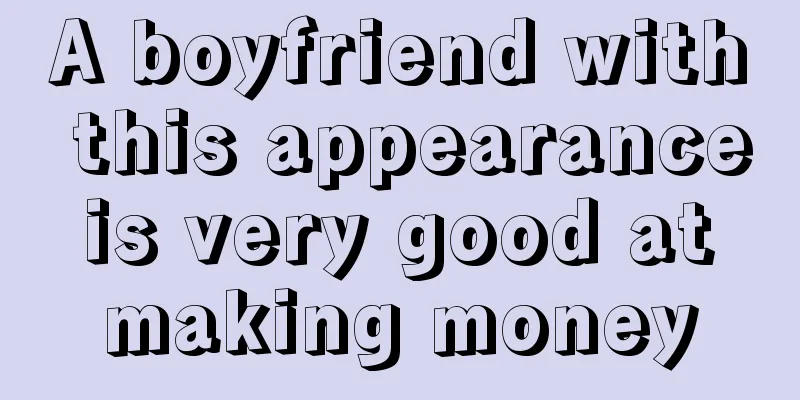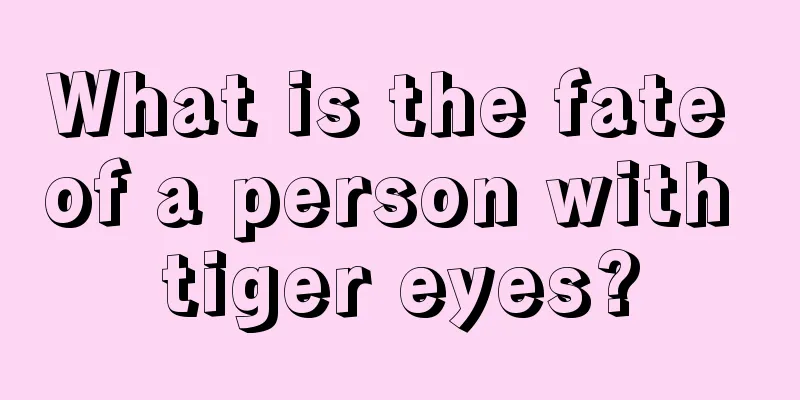Community vs. Ecosystem: Big vs. Small, Can the Ecosystem Replace the Community as the Decision-maker of the Blockchain?

|
William Mougayar is the author of 'The Business Blockchain' and serves on the board of advisors to the Ethereum Foundation. In this article, Mougayar offers his thoughts on the recent Ethereum hard fork and what he thinks it illustrates about the current problems with public blockchain governance. We hear the word “community” all the time, and it refers to the group of players who are supposed to be the stakeholders who care most about the blockchain. The term has become at the forefront of recent events such as Bitcoin’s ‘block size’ debate and the Ethereum hard fork, coloring how these events are conveyed to the general public. But what does “community” mean in this context? Definition of CommunityAccording to blockchain theory, the community is supposed to decide the future of a given public blockchain through decentralized governance and the power of consensus. Consensus decision making is at the heart of public blockchains, as a common majority can swing decisions from one side to another. It’s like an election, more or less. The baseline of a blockchain is its economic soundness, and in reality some participants have better control over economic soundness than others (economic soundness is also directly related to blockchain security). With these decisions about the future of public blockchains, the community is an important group because it represents the governance today. So I went on a research trip to find out what a typical blockchain community is made of. I discovered that this decision-making community is just a subset of a much larger ecosystem. The community represents the grassroots participants who play an early economic role in the ecosystem. Most of them are industry insiders, and they have the advantage of knowing more "inside" than others. They carry a lot of weight, and their combined actions (or inactions) can effectively determine the trajectory of a blockchain. There is something of a counter-trend in the cryptocurrency community. In the traditional sense, most companies will first acquire users or customers, either as end users or developers. Then, the user groups and diversity form the community. In the cryptocurrency space, the order seems to be reversed. We started by forming a core community of supporters first, and then gained a large number of end users. This is fine, perhaps it is a property of basic technologies that they need to gain a strong foundation before they can flourish. Generally speaking, the grassroots participants in a cryptocurrency community are largely developers, exchanges, and miners. The larger ecosystem involves several other players. In addition to the basic players mentioned above, there are also groups such as venture investors and mainstream users. Here is a breakdown of each group: Let’s take the recent Ethereum hard fork and the Bitcoin blocksize debate embodied by the Scaling Bitcoin conference series as an example. In both cases, the community is largely made up of representative grassroots participants. But these grassroots participants are only a relatively small part. In the case of Bitcoin, the much-publicized Scaling Bitcoin process will likely see fewer than 100 participants. In the case of Ethereum, only 1,325 addresses in total voted, a number that is small compared to the total number of ETH holders (considering the available supply of ETH is 82 million). Ecosystem approachI hope we can eventually move to the term employee ecosystem replacing community as it is more representative in market decision making. And I hope that part of this larger ecosystem will also play a role in the future of public blockchains. For now, the larger ecosystem is largely a powerless silent majority, watching events unfold while still hoping that a more powerful minority can lead the market in the right direction. Ultimately, all large public blockchains will need to reach a more balanced state where community leadership and ecosystem inclusiveness work together to strengthen their longevity and sustainability potential. Today’s grassroots participants are the communities, and they are now in charge. But will they still be in the future? |
<<: The century-old question: Should the Ethereum Foundation sell its ETC?
Recommend
Looking at the development of marriage from the perspective of face shape: What are the marriages like for people with different face shapes?
I believe everyone is familiar with physiognomy, a...
A diagram of the eyes of a casual woman
How to read women’s eyes and facial features? Som...
Four types of female faces that are naturally charming
A charming woman exudes elegance and sexiness in ...
Is it good to have big ears? What does big ears mean?
People with big ears are cautious and steady In f...
Let go of digital currency! Canadian Senate calls for loosening regulations
Digital currencies like Bitcoin, which were once ...
Standard Chartered joins the cryptocurrency craze, will focus on the European market
According to The blcok, Standard Chartered Group ...
What is the fate line?
There are many important lines on our palms. I be...
The birth order of children can be seen from the children line in palmistry
How to read the children line in palmistry? The c...
Is the fate of people with nasolabial folds good? Analysis of the influence of nasolabial folds on fate
The nasolabial folds are broken Once a person has...
Comment: Why did Wu Jihan personally open the lid? What is the problem with T17e?
Wu Jihan, known as the "mining tyrant",...
[Knowledge Mining Q&A] BCH halving time is earlier than BTC, will it be involved in a death spiral?
Some readers are concerned that the BCH block rew...
How to tell the appearance of moles on the soles of feet
Illustration of moles on the soles of feet. Every...
What is the saying about people with horizontal lines on the root of the nose being prone to death?
I believe many people know about the bridge of th...
How to judge health, wisdom, personality and morality from the ears
1. The ear is the gateway to the kidneys. If the ...
The face that can lie down for a day on weekends
Generally speaking, weekends are a time that peop...









